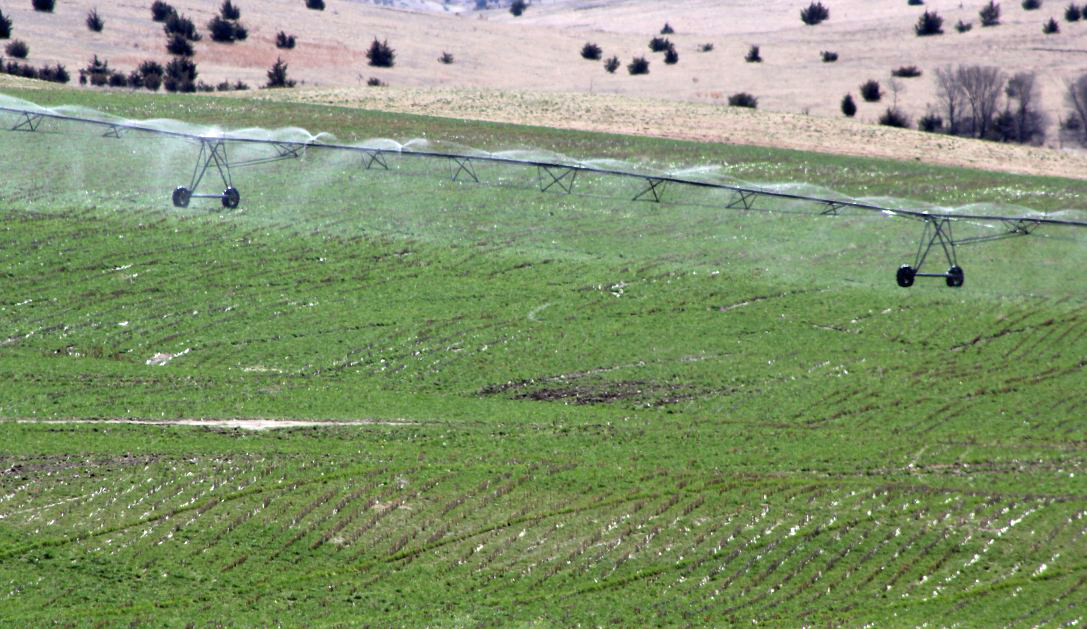
By Bruce Anderson, Nebraska Extension Forage Specialist
Small grains planted last fall are greening up and will soon grow rapidly in most areas. Many fields soon will be ready to graze. This spring, let’s make these pastures productive and safe.
Did you look ahead and plant rye or triticale or even wheat last fall to use as early pasture this spring? If so, you soon will be rewarded. Many of these fields are about ready to graze.
These small grain pastures are an extremely useful resource this spring. They will relieve you from feeding hay, get your animals out onto clean green grass, and produce excellent gains. They’ll also help you wait longer before turning onto your other pastures, giving them a chance to have good growth before grazing.
To maximize grazing from small grain pastures, wait until grass is 4 to 8 inches tall before starting to graze. Then stock heavily enough to maintain plant height between 6 and 12 inches. To accomplish this, either adjust the number of animals according to grass growth or sub-divide the pasture into paddocks and graze rotationally. Grass stands, soils, fertility, and moisture all will affect stocking rate, so adjust stock numbers for your conditions. With careful management, you could have good grazing all the way to mid-June.
One concern when grazing small grain pasture is animal death from grass tetany. Tetany is more common in lactating cows than in dry cows or young stock. Reduce tetany risk by feeding magnesium oxide supplements mixed with salt, molasses, or grain. Monitor consumption carefully and adjust the mixture so cattle consume about one-quarter pound of magnesium oxide per cow each week.
Small grain pastures can be convenient and profitable. Just use good management to optimize production and prevent livestock losses.